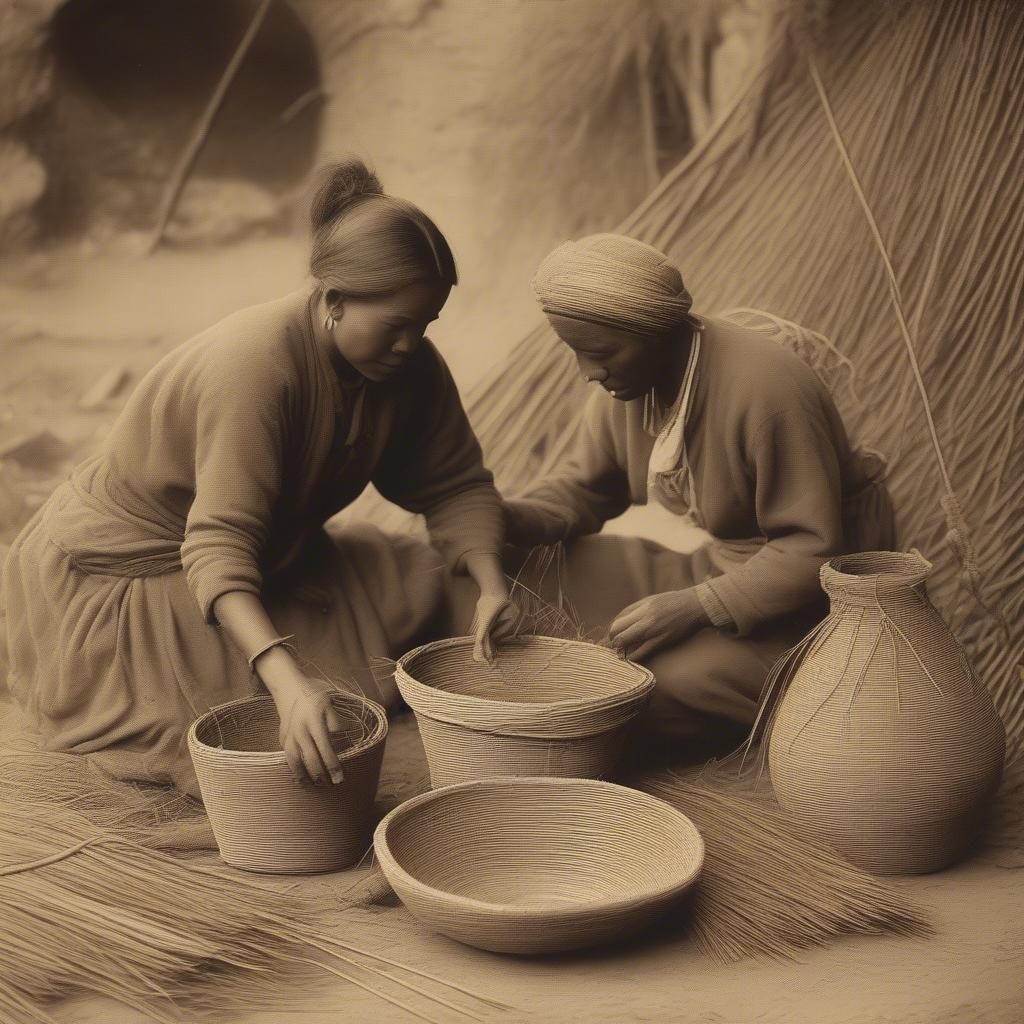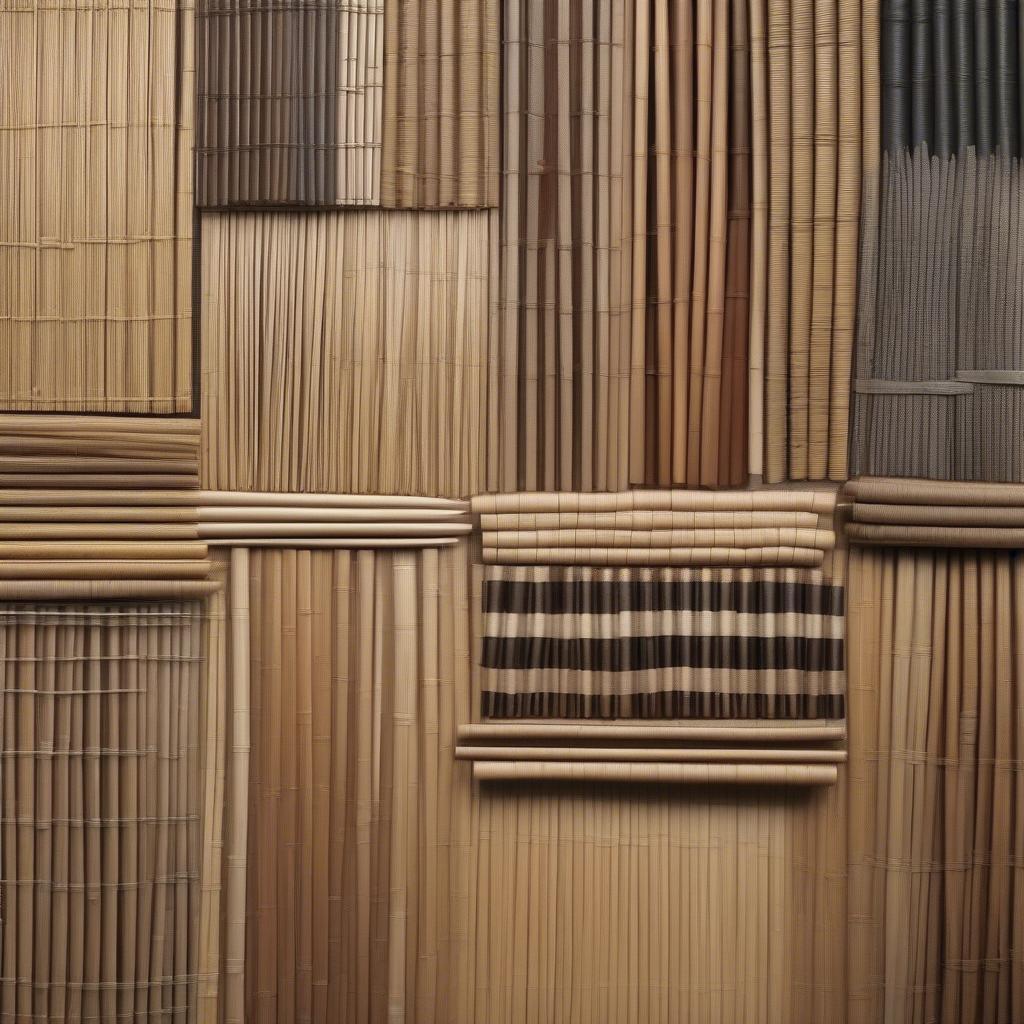Basket Weaving
Weaves Baskets: A Comprehensive Guide to the Art of Basketry
Weaves Baskets are more than just containers; they are a testament to centuries of tradition, artistry, and the enduring beauty of natural materials. From the intricate patterns of wicker to the rustic charm of rattan, woven baskets offer a unique blend of functionality and aesthetic appeal. This guide delves into the world of woven baskets, exploring their history, the diverse materials used in their creation, and the techniques employed by skilled artisans.
The History and Cultural Significance of Weaves Baskets
Basket weaving is one of the oldest crafts in human history, predating pottery and even weaving cloth. Early baskets were likely simple constructions of readily available plant materials, used for foraging, storage, and carrying. Over time, these utilitarian objects evolved, incorporating increasingly complex weaving techniques and decorative elements.  Ancient Basket Weaving Techniques
Ancient Basket Weaving Techniques
From ancient Egypt, where papyrus baskets held precious belongings, to Native American tribes who incorporated intricate designs and symbolism into their basketry, weaves baskets have played a significant role in diverse cultures around the world. They are not just functional items but also expressions of cultural identity, artistic skill, and a deep connection to the natural world.
Exploring Different Materials for Weaves Baskets
The beauty of weaves baskets lies in the variety of materials used in their creation. Each material lends its own unique texture, color, and durability to the finished product.
- Wicker: Often mistaken as a material itself, wicker actually refers to the weaving process. Wicker baskets can be made from a range of materials, including rattan, willow, bamboo, and even synthetic fibers.
 Variety of Wicker Basket Materials
Variety of Wicker Basket Materials - Rattan: A naturally strong and flexible vine, rattan is a popular choice for weaves baskets. Its durability and resistance to moisture make it ideal for both indoor and outdoor use.
- Seagrass: This durable and sustainable material adds a touch of coastal charm to weaves baskets. Its natural golden hue and subtle texture make it a popular choice for decorative baskets.
- Willow: Known for its flexibility and strength, willow is a traditional material for basket weaving. Its slender branches can be easily manipulated to create intricate designs.
Weaving Techniques: From Simple to Complex
The artistry of weaves baskets is evident in the intricate weaving techniques employed by skilled artisans. From the simple twining method to the complex coiling technique, each method produces a unique pattern and texture.
- Twining: This basic technique involves interweaving two or more flexible elements, creating a tight and durable weave.
- Plaiting: Similar to braiding hair, plaiting involves interlacing three or more strands to create a flat, woven surface.
- Coiling: This technique involves wrapping a core material with a flexible binding material, creating a sturdy and often decorative basket.
Caring for Your Weaves Baskets
Proper care can extend the lifespan of your cherished weaves baskets. Avoid exposing them to excessive moisture or direct sunlight, which can cause the material to dry out and become brittle. Dust regularly with a soft cloth or brush, and occasionally wipe down with a damp cloth to remove any stubborn dirt.
Conclusion
Weaves baskets represent a timeless craft that continues to captivate with its beauty and functionality. Whether you appreciate the intricate patterns of wicker, the rustic charm of rattan, or the unique texture of seagrass, there’s a woven basket to suit every taste and purpose. By understanding the history, materials, and techniques behind these handcrafted treasures, you can truly appreciate the artistry and cultural significance of weaves baskets.
FAQ
- What is the difference between wicker and rattan?
- Wicker refers to the weaving process, while rattan is a specific material often used in wicker baskets.
- How do I clean a woven basket?
- Dust regularly and occasionally wipe with a damp cloth. Avoid excessive moisture.
- Are woven baskets eco-friendly?
- Yes, many woven baskets are made from sustainable materials like rattan, seagrass, and willow.
- What are the different weaving techniques used in basketry?
- Common techniques include twining, plaiting, and coiling.
- Where can I buy high-quality weaves baskets?
- Check out local craft stores, online marketplaces, and specialty retailers.
“A well-crafted basket is not just a container; it’s a work of art that tells a story.” – Anya Sharma, Master Basket Weaver
“The beauty of basket weaving lies in the simplicity of the materials and the complexity of the techniques.” – Ben Carter, Ethnographic Curator
Need help with your basket weaving journey? Contact our hotline: +84 388 951 999, or visit us in Hanoi, Vietnam or Tech Avenue, Suite 12, San Francisco, CA 94105, USA. We have a 24/7 customer service team ready to assist you. Explore more articles on our website about specific basket weaving techniques and materials.
